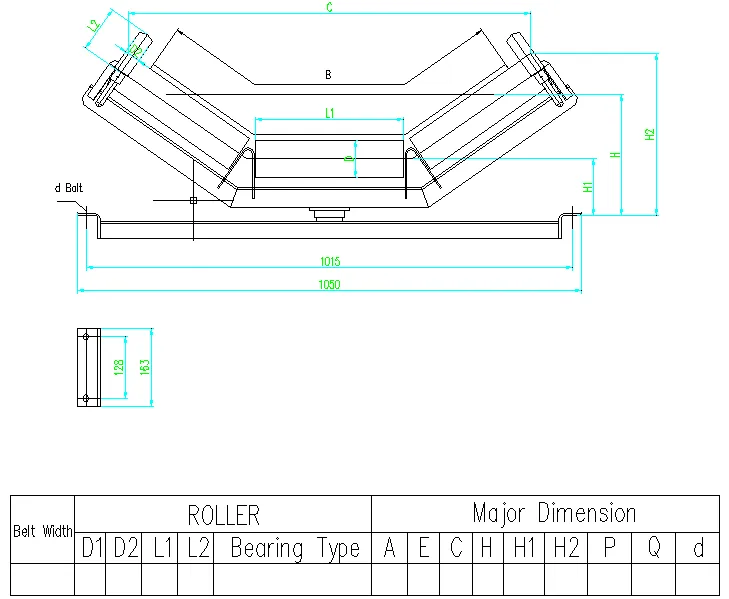 Afrikaans
Afrikaans  Albanian
Albanian  Amharic
Amharic  Arabic
Arabic  Armenian
Armenian  Azerbaijani
Azerbaijani  Basque
Basque  Belarusian
Belarusian  Bengali
Bengali  Bosnian
Bosnian  Bulgarian
Bulgarian  Catalan
Catalan  Cebuano
Cebuano  Corsican
Corsican  Croatian
Croatian  Czech
Czech  Danish
Danish  Dutch
Dutch  English
English  Esperanto
Esperanto  Estonian
Estonian  Finnish
Finnish  French
French  Frisian
Frisian  Galician
Galician  Georgian
Georgian  German
German  Greek
Greek  Gujarati
Gujarati  Haitian Creole
Haitian Creole  hausa
hausa  hawaiian
hawaiian  Hebrew
Hebrew  Hindi
Hindi  Miao
Miao  Hungarian
Hungarian  Icelandic
Icelandic  igbo
igbo  Indonesian
Indonesian  irish
irish  Italian
Italian  Japanese
Japanese  Javanese
Javanese  Kannada
Kannada  kazakh
kazakh  Khmer
Khmer  Rwandese
Rwandese  Korean
Korean  Kurdish
Kurdish  Kyrgyz
Kyrgyz  Lao
Lao  Latin
Latin  Latvian
Latvian  Lithuanian
Lithuanian  Luxembourgish
Luxembourgish  Macedonian
Macedonian  Malgashi
Malgashi  Malay
Malay  Malayalam
Malayalam  Maltese
Maltese  Maori
Maori  Marathi
Marathi  Mongolian
Mongolian  Myanmar
Myanmar  Nepali
Nepali  Norwegian
Norwegian  Norwegian
Norwegian  Occitan
Occitan  Pashto
Pashto  Persian
Persian  Polish
Polish  Portuguese
Portuguese  Punjabi
Punjabi  Romanian
Romanian  Russian
Russian  Samoan
Samoan  Scottish Gaelic
Scottish Gaelic  Serbian
Serbian  Sesotho
Sesotho  Shona
Shona  Sindhi
Sindhi  Sinhala
Sinhala  Slovak
Slovak  Slovenian
Slovenian  Somali
Somali  Spanish
Spanish  Sundanese
Sundanese  Swahili
Swahili  Swedish
Swedish  Tagalog
Tagalog  Tajik
Tajik  Tamil
Tamil  Tatar
Tatar  Telugu
Telugu  Thai
Thai  Turkish
Turkish  Turkmen
Turkmen  Ukrainian
Ukrainian  Urdu
Urdu  Uighur
Uighur  Uzbek
Uzbek  Vietnamese
Vietnamese  Welsh
Welsh  Bantu
Bantu  Yiddish
Yiddish  Yoruba
Yoruba  Zulu
Zulu How to Choose the Right Drive Pulley for Your Project
Understanding Drive Pulleys The Heart of Mechanical Transmission
In the realm of mechanical engineering, drive pulleys play a crucial role in the effective transmission of power and motion. This article explores the fundamental concepts surrounding drive pulleys, their applications, types, and significance in various industries.
A drive pulley, also known as a sheave, is a circular device that uses a belt or rope to transmit rotational motion from one shaft to another. This mechanism is an essential component in many machines, from simple household appliances to complex industrial equipment. The primary function of a drive pulley is to convert the energy generated by a motor into mechanical energy that can drive other components, enabling tasks such as lifting, transporting, and processing materials.
How Drive Pulleys Work
The operation of a drive pulley system is based on the principles of friction and tension. When the motor turns the drive pulley, the belt or rope wrapped around it begins to move. This movement is transferred to the driven pulley (the pulley connected to the component that needs to be powered), resulting in the desired motion. The efficiency of this system depends on several factors, including the tension in the belt, the alignment of the pulleys, and the materials used in the construction.
To enhance the effectiveness of drive pulley systems, various types of belts can be employed. Commonly used belts include V-belts, flat belts, and synchronous belts, each designed for specific applications and load requirements. The selection of the appropriate belt type is crucial to ensure optimal performance and longevity of the system.
Types of Drive Pulleys
Drive pulleys can be classified into various types based on their design and function. The most common types include
1. Fixed Pulleys These are stationary pulleys that do not move with the belt. They change the direction of force applied and are used in various lifting applications.
drive pulley

2. Movable Pulleys These pulleys can move along with the load, reducing the amount of force needed to lift objects. This configuration is often seen in block and tackle systems.
3. Combination Pulleys These utilize both fixed and movable pulleys to optimize mechanical advantage and efficiency in lifting heavier loads.
4. Grooved Pulleys Designed with a groove around the circumference, these pulleys ensure better grip and alignment for the belt, minimizing slippage and enhancing performance.
Applications of Drive Pulleys
Drive pulleys are ubiquitous in numerous industries. In manufacturing, they are essential for conveyor systems that transport goods and materials. In automotive engineering, they form part of an engine's accessory drive system, powering components such as alternators, water pumps, and air conditioning compressors. Additionally, drive pulleys are vital in the construction industry, where they are used in cranes and hoisting systems to lift heavy materials.
The Importance of Maintenance
Maintaining drive pulleys is essential for ensuring their longevity and the overall efficiency of the mechanical system. Regular inspections for wear and tear, proper alignment, and tension adjustments help prevent breakdowns and costly repairs. Inadequate maintenance can lead to belt slippage, excessive wear, and even failure of the entire system.
Conclusion
In conclusion, drive pulleys are integral to the reliability and performance of mechanical systems across varied industries. Understanding their function, types, and maintenance requirements enhances operational efficiency and contributes to the successful implementation of engineering solutions. As technology advances, innovations in pulley design and materials continue to improve their efficiency and effectiveness, ensuring that drive pulleys remain a vital component of modern machinery.
-
Revolutionizing Conveyor Reliability with Advanced Rubber Lagging PulleysNewsJul.22,2025
-
Powering Precision and Durability with Expert Manufacturers of Conveyor ComponentsNewsJul.22,2025
-
Optimizing Conveyor Systems with Advanced Conveyor AccessoriesNewsJul.22,2025
-
Maximize Conveyor Efficiency with Quality Conveyor Idler PulleysNewsJul.22,2025
-
Future-Proof Your Conveyor System with High-Performance Polyurethane RollerNewsJul.22,2025
-
Driving Efficiency Forward with Quality Idlers and RollersNewsJul.22,2025





























